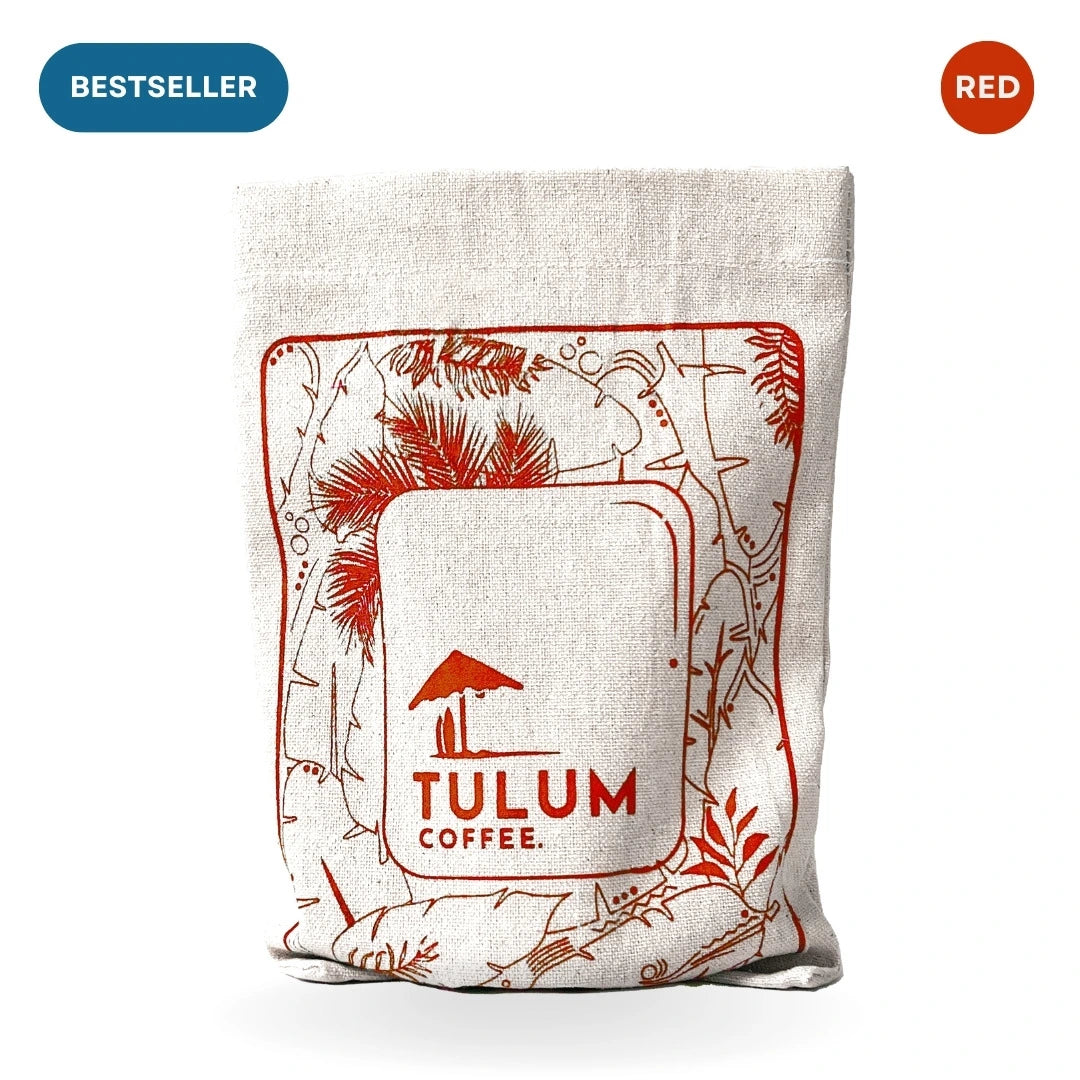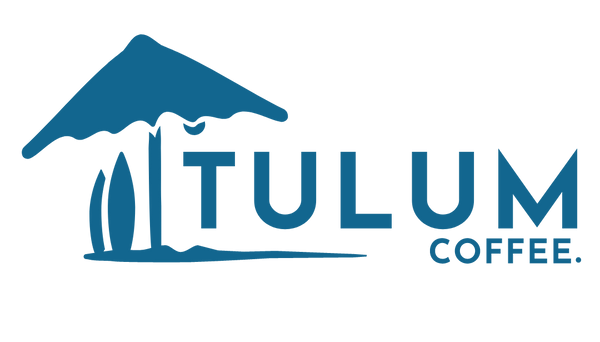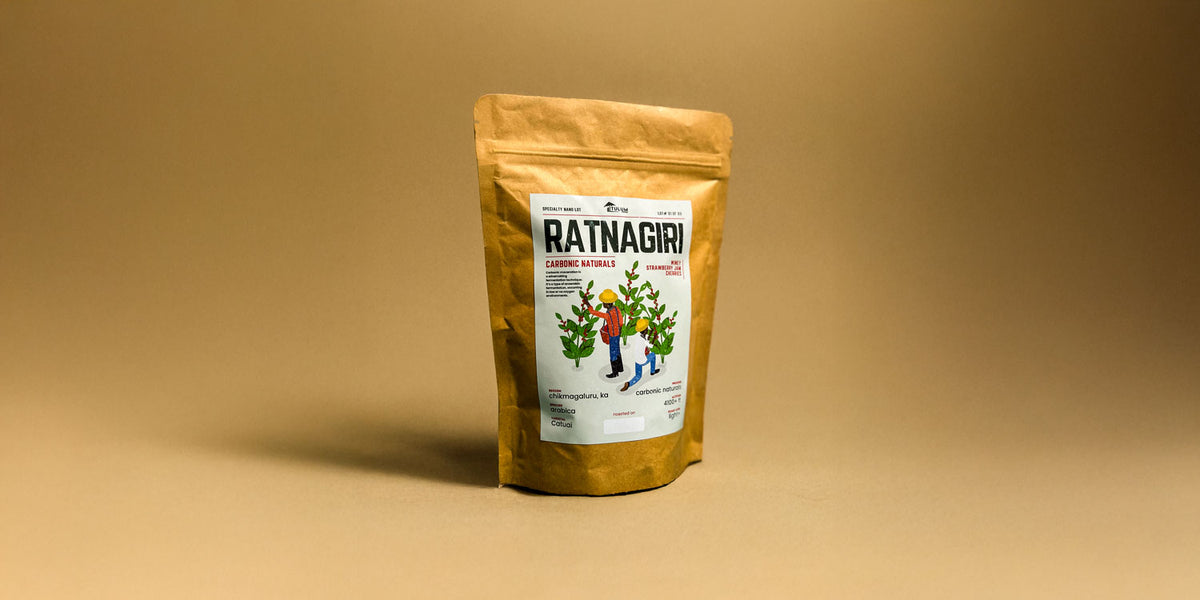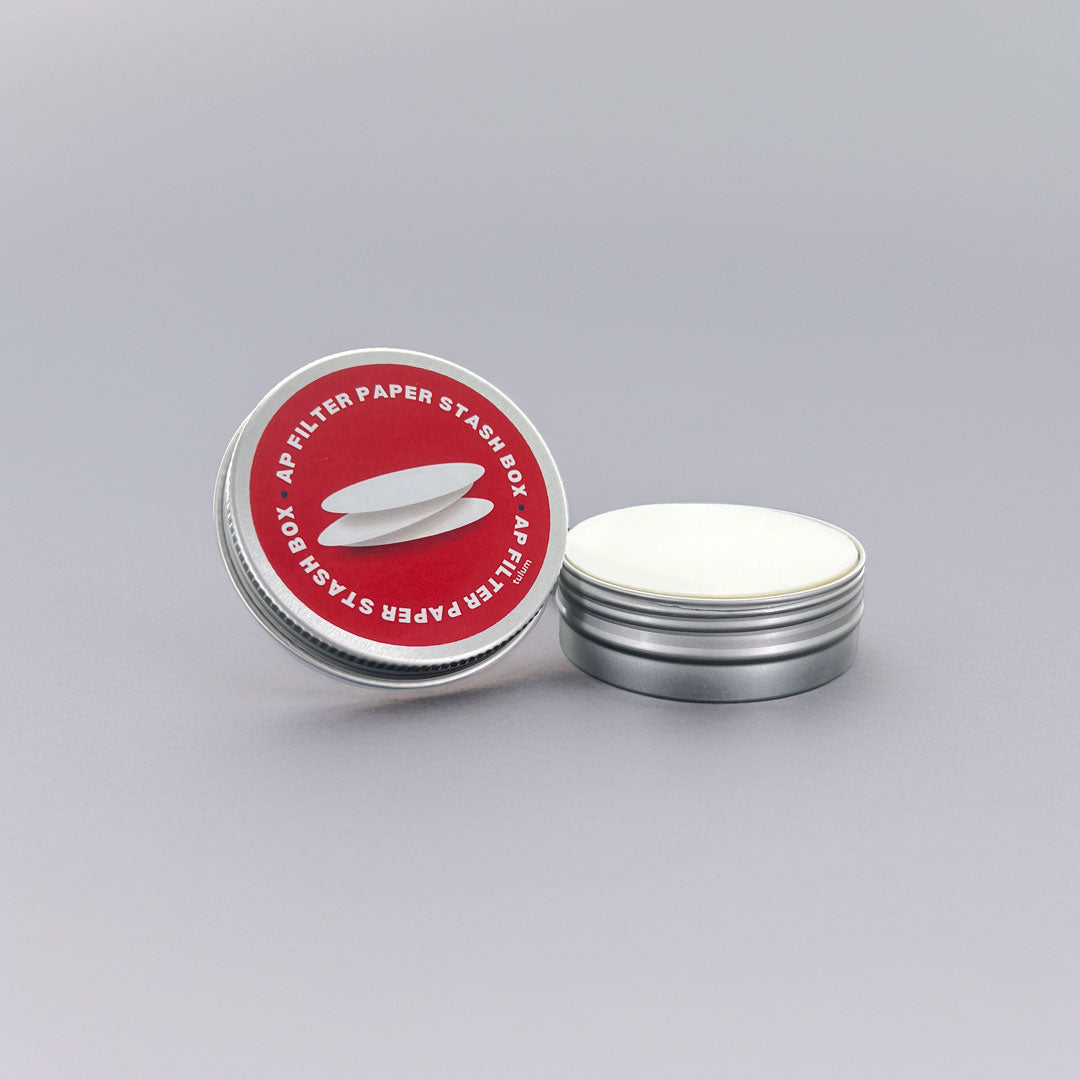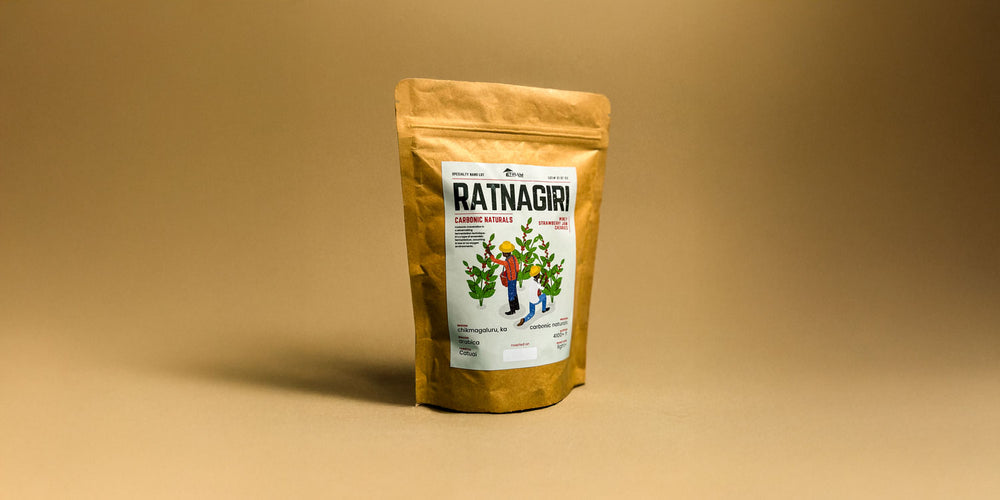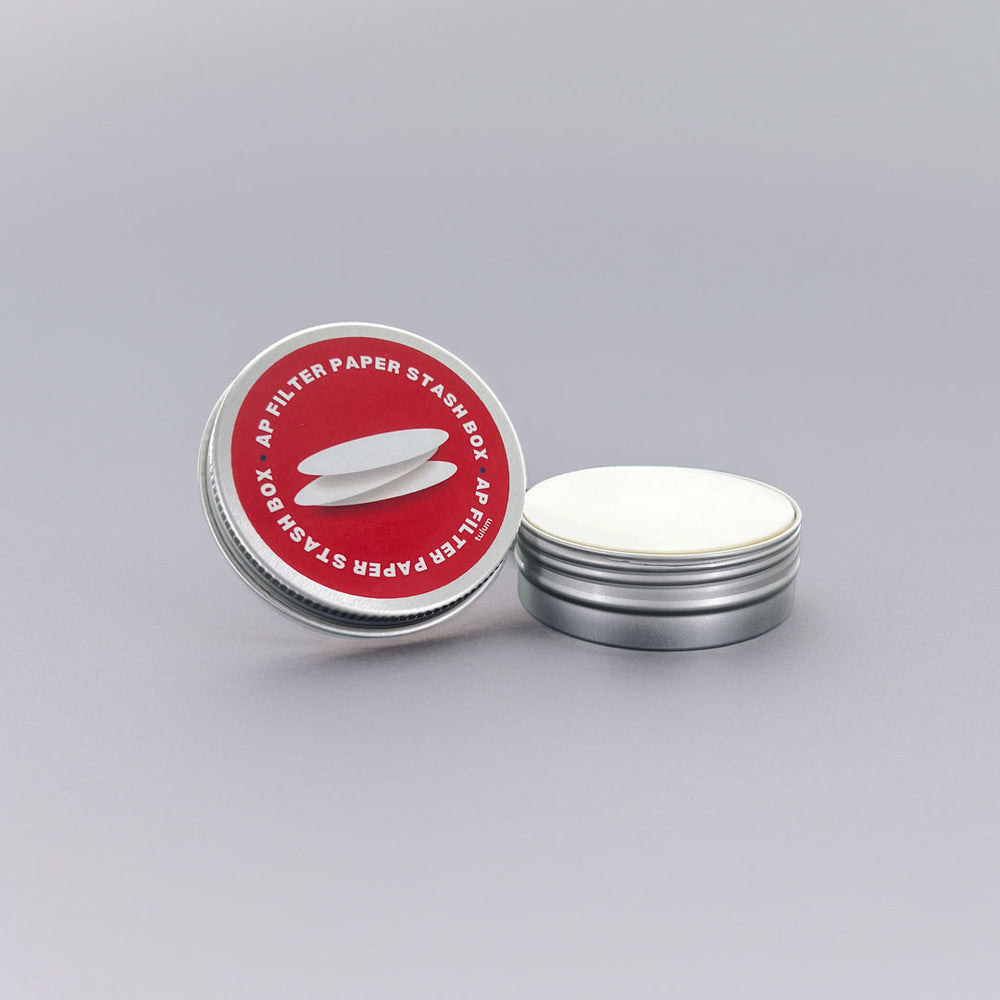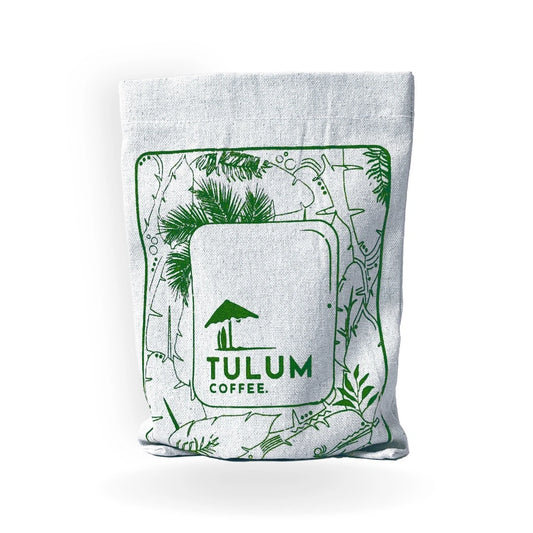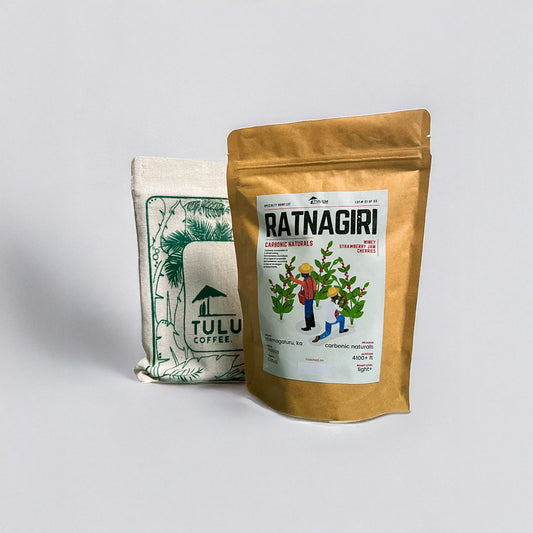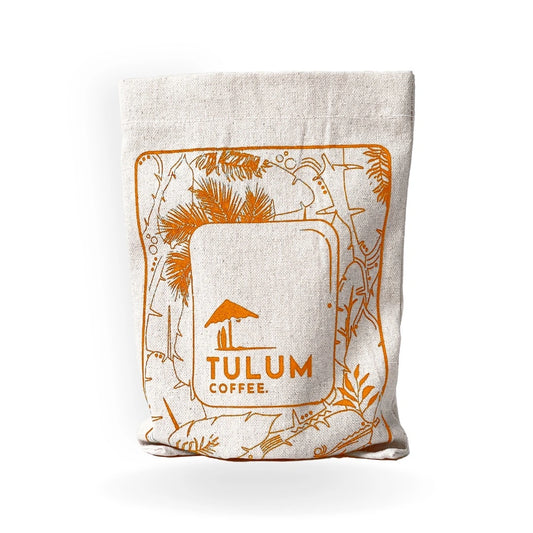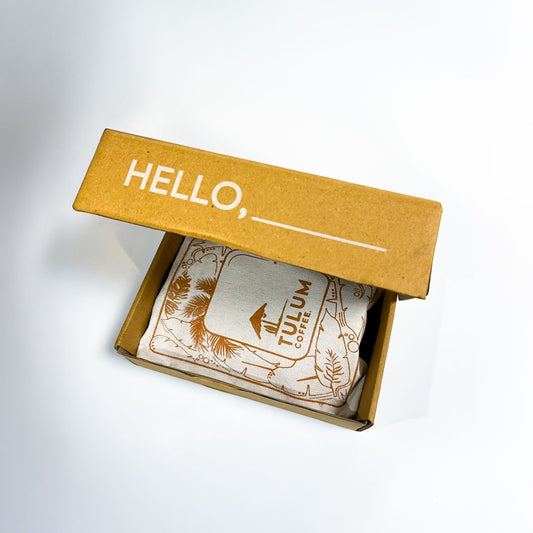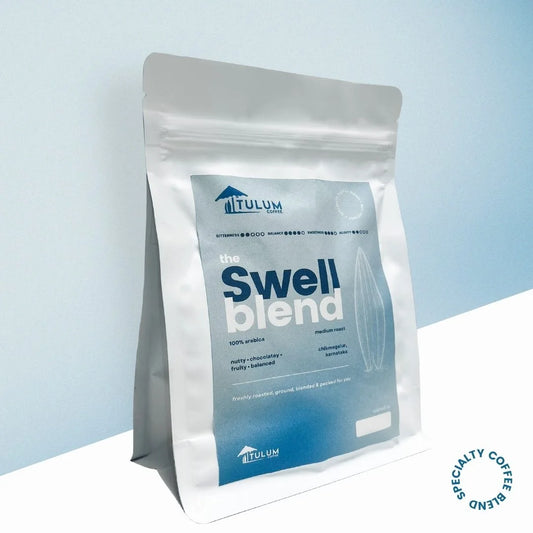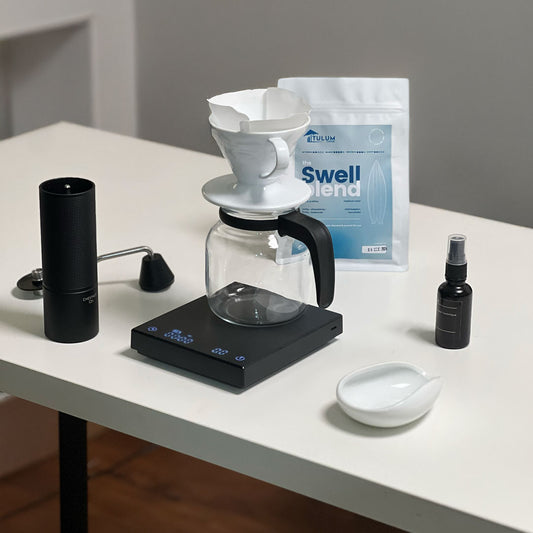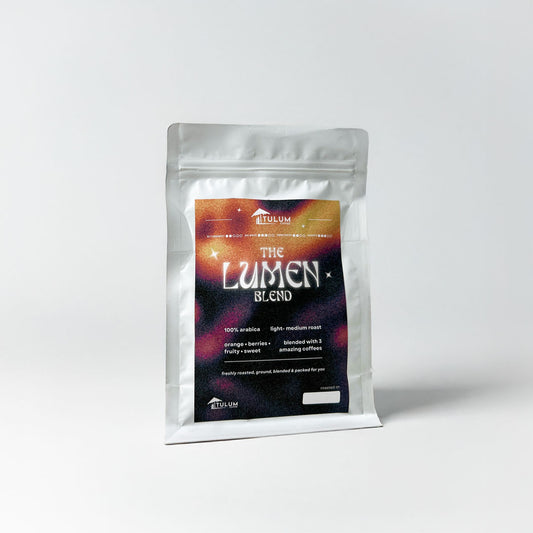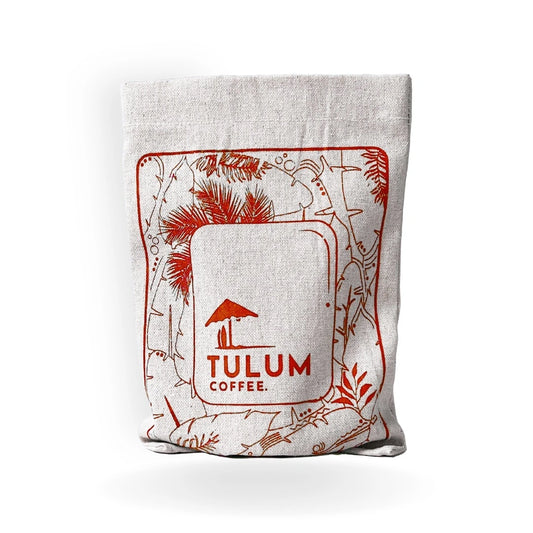What happens during roasting?
Share
Roasting is a heating process where the green coffee turns into aromatic, brown coffee, which we can use to brew.
Anatomy of a roasting machine
To understand what happens during roasting, let's look at the essential parts of a roasting machine.

- Hopper
- Drum
- Gas chamber
- Cooling tray
The roasting process in simple terms-
- Green beans are loaded onto the hopper, which are then transferred into the rotating drum
- The gas chamber gives flame to the drum, which allows the beans to roast, and change its colour
- After the desired roast profile is achieved, the beans are transferred onto the cooling tray to stop the roasting process and which also allows the hot roasted beans to cool down
The roasting process is much more complicated than it sounds as a lot of other factors go into it. But for now, in this class lets basically understand it.
The Science of Roasting.
To understand the science of roasting you have to understand the terms conduction, convection and radiation.
Oxford dictionary defines:
Conduction as the process by which heat or electricity is directly transmitted through the material of a substance when there is a difference of temperature or of electrical potential between adjoining regions, without movement of the material.
Convection as the movement caused by the tendency of hotter and therefore less dense material to rise, and colder, denser material to sink under the influence of gravity, which consequently results in transfer of heat.
Radiation as the emission of energy as electromagnetic waves or as moving subatomic particles, especially high-energy particles which cause ionization.

In the Coffee roasting process, there is a combination of all three types of heat transfers. Radiation occurs between the gas flame and the drum. The drum passes on the heat to the beans through the contact between them which is conduction, and the beans pass on the heat to other beans which is convection.
What happens during roasting?
Roasting takes approximately 10 to 15 minutes per batch, depending on the roast profile. A roast profile can be light, medium or dark.
First, the gas chamber is turned on, and the drum is preheated for a bit. Then the green beans are transferred into the drum at the desired start temperature. The drum keeps rotating so that the beans do not get burned, and so they can get equally roasted.
The master roaster, i.e. the person roasting the beans makes sure for a couple things that include, the colour of the beans, the gas pressure, the temperature of the beans and the air. All the data from the drum are outputted into a computer. This data is interpreted and controlled by the master roaster.
The master checks the colour of the bean through the "tryer". A tryer is like a spoon, which allows the person to pull out a small sample of the beans from the drum.
As the colour changes, the beans lose moisture, and by the end, they lose about 12 to 25% of its moisture. As it loses its water content, the beans become lighter in weight.
A Light roast is much denser than a dark roast as less moisture has been removed from the bean.
"First Pop"
At around 7 to 8 minutes, when the beans have changed their colour from green to light tan brown, the beans start to swell to about twice their size and start popping, like 'popcorn'.
At this stage silver skin, also called as "chaff" starts to peel off and is collected in a chamber outside.
The first pop is a very crucial time to note down. After which, the master roaster starts its "development time". The development time is the amount of time from the first pop to the removal of the beans. If the master wants a light roast, the development time will be less, and if they want a dark roast, they will extend the development time.
During the roasting process, the coffee beans extract oil, which can be seen on the surface of the bean, if the roast profile is dark, the surface will be "oily" and "shiny". If it is a light roast, then the beans will be "matt" in its texture as not a lot of the oils have not been secreted yet.
When the desired roast profile is obtained, the master lets the beans out into the cooling tray. As the beans are very hot and can possibly burn your fingers, the cooling tray helps the bean cool down to around room temperature. The cooling process is extremely important, and the main reason for this is to stop the roasting process as the beans can still transfer heat using convection.
The master now lets the roasted beans to De-gas, which is a process that allows CO2 to get removed. These beans are then Cupped to see whether the roast came out as desired.
Roasting is an art and mainly a science, and it is fragrant and beautiful. We hope you learnt something, and we would love and be delighted to invite you over to learn the Art of Roasting, in-depth.
Stay Tuned on our social platforms, to know about our upcoming events, and classes.
